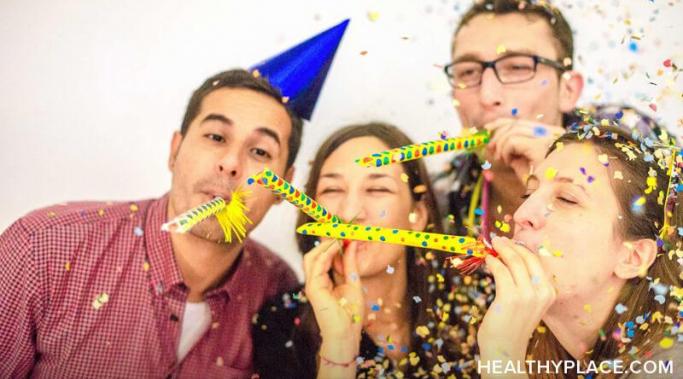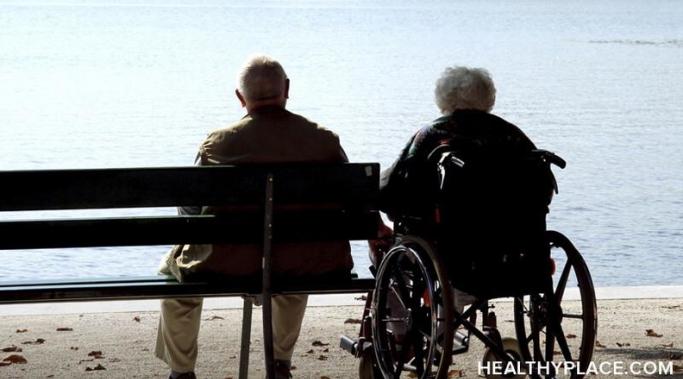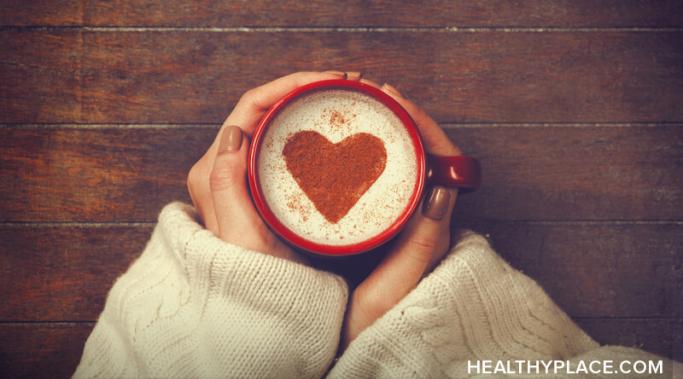Tough times are a natural part of life, but you can increase your resilience to make getting through them easier. Although biology plays a role in our susceptibility to mental health symptoms, we are not wholly at the mercy of our genetics. Several personality attributes contribute to a person's ability to withstand adversity. What's more, we can increase our resilience by engaging in an intentional practice of optimism.
Living a Blissful Life
A daily affirmation regarding love and bliss can change the way you experience the world. Many of us who live with mental illness feel unlovable occasionally, if not constantly. That feeling can be caused by our own negative thought cycles or by actual events. Sometimes, a partner ends a relationship due to mental illness, which can be heartbreaking. Other times, a partner who doesn’t understand our different needs may stay with us but become abusive or perhaps simply unsupportive. This lack of love and bliss takes a further toll on our mental health.
Is one of your goals for 2019 to overcome fear? Everyone experiences fear and anxiety at times, but these emotions can create significant distress. Often, people allow their fear to stop them from doing things that are important to them. We must reconcile our relationship with fear, so it doesn't keep us from living the life we desire. That's why I use one simple skill to help me overcome fear.
Do you experience seasonal depression (also known as seasonal affective disorder, or SAD)? If so, you may have extra trouble getting out of bed during periods of SAD.
New Year's resolutions for mental health may not be on your radar yet, but as we approach the end of 2018, many are thinking about the new year. Common goals include behavior changes like healthy eating, increased exercise, or quitting undesired habits like smoking. In year's past, my goals have also been about changing my behavior. This year, I am shifting my mindset around resolutions and creating goals focused on improving my mental health. New Year's resolutions for mental health aren't just motivated by a desire to behave differently, but by a desire to feel differently.
As the new year rolls around, many people create yearly goals or New Year’s resolutions. Plenty of people also create targets throughout the year; I personally set monthly objectives, which are broken down from my yearly goals. However, at times, goals can be harmful to mental health. What are the symptoms of unhealthy yearly goals?
Perfectionism and being perfect often hold you back from living in bliss. You've heard the phrase "nobody's perfect," and you've probably said it yourself many times. It's a term people use without much thought. I've been thinking about perfectionism a lot recently, both because I've had substantial growth in this area, but also because I have more work to do. Perfectionism, trying to be perfect, can be a real happiness killer if it goes unchecked.
Recently, I began to wonder if my medication is an emotional crutch. An emotional crutch is something that one relies on during a period of difficulty. But is using medication as an emotional crutch really that bad?
Being in awe as a thought practice can completely transform the way you experience the world. If you wake up and choose to live in awe, you’ll likely notice previously-missed details in your environment and the people around you ("The Relationship Between Anxiety and Awe"). Being in awe is so natural to children; if you spend time around kids, you’ll notice they’re fascinated by small details. Bubbles, colors, animals, nature, and how things work all fascinate children. However, as we grow older, we lose some of this awe and wonder, and the feeling of being in awe disappears.
Winter is a great time to experience the joy of hygge. If you've never heard of the Scandinavian practice of hygge (pronounced HOO-guh), think crackling fire, fuzzy socks, mugs of hot cocoa, flannel pajamas, and warm blankets. There is no direct translation in English, but it derives from the Norwegian word for "wellbeing." Hygge is generally considered a Danish practice that encourages wellness by creating cozy, comforting experiences. As the daughter of a Norwegian immigrant, my mom often incorporated this concept into our home environment and I have a deep appreciation for it. Whenever I'm feeling anxious or sad, I know I can soothe myself by practicing the joy of hygge.









